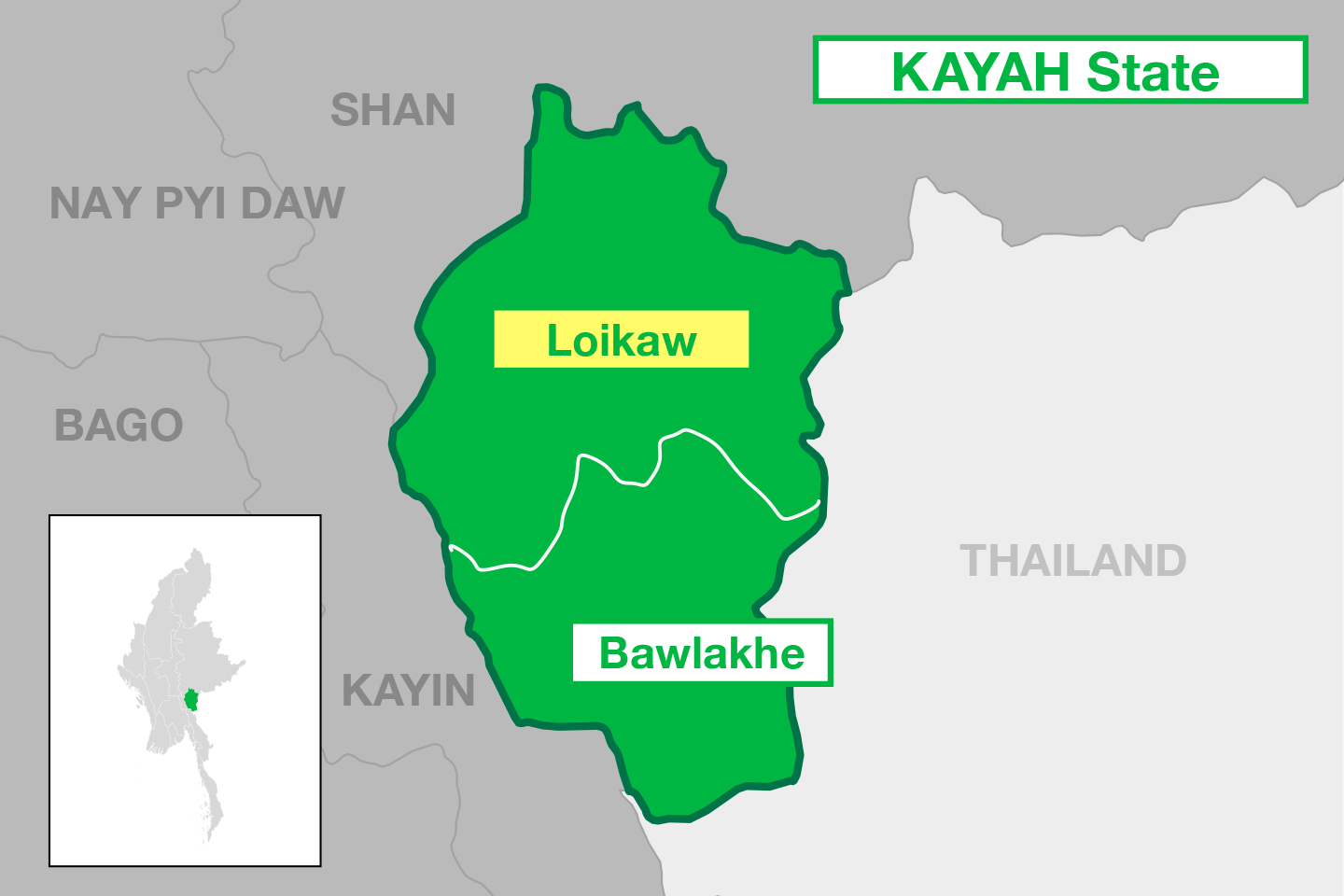
Kayah State overview
Although it is the smallest state in Myanmar, Kayah is home to nine different ethnic groups. You can discover the cultures and heritages of those ethnic groups. Among them, the most distinctive tribes are Kayah and Kayan. From the two of Myanmar big four destinations; Yangon or Mandalay, it takes you over a half-day to get the Kayah State by bus.
A large number of distinctive tribal cultures and beautiful Kayah hill scenery are waiting for you there to be discovered. Among international visitors, sometimes call “Padaung” is famous, who are Kayan, who have a tradition of sporting coil around their neck. Even though the “long neck” tradition is dying out; you can still see there, older women in some rural areas still wear the rings.
History
The Kayah is a State, which stands peacefully with others since the days of Myanmar's ancient Kings. The Burmese Kings didn’t rule the territory directly and Sawbwa, the local chief ruled the State. However, the Kayah state had feudal ties to the Burmese Kingdom. They used Burmese letters as official language and when the ruler releases the regulation, such as “do not cut the tree or bamboo”; like in Mandalay, they used teak wood to inscribe on it.
Karenni State, it was officially listed as a State of Union of Burma in accord with the 1947 Constitution. In 1951, the Karenni State becomes Kayah State in accord with the amendment of the Constitution. There are sayings that the State was started since Ava Era. But, we can’t see strong historic evidences until Burma's last dynasty. There were Kantarawadi, Kyebogyi, Bawlake and Naung Pulae. These states were located south of the Federated Shan States and naturally, the territory was ruled by Shan Sawbwa. The State was composed of two districts, Loikaw, and Bawlake on December 7th, 1992. In the Loikaw district, there are three townships, Loikaw, Dmore Soe, Flu Soe, and Shar Taw and in Bawlake district, there are Bawlake, Ywar Thit, Phar Song, and Mel Sel. This continuous altering couldn’t reduce or made deformation to the natural beauty of Kayah State.
District city of Kayah State
It is the district city of Kayah State and was established by Lone Thiri in May 1838. It is the home territory of Kayah tribe and there are also several sub-tribes of Kayah who possess their respective colorful customs and languages. The original name of Loikaw was Si Ri Daw which is Thiri City, Auspicious City, in Kayah language. When the Shan tribe settled there, they named the place as Loikaw which was named after Shwe Taung, a Mount, separately stand beside Beluu Creek. Loi means Mountain and Kaw means being separately, so, it means a mountain that stands separately. The Loikaw was changed to Kantarawadi, when the local ruler, Kantarawadi Saw Phar Sao Khun Li moved in during 1900. There are several sub-tribes of Kayah; Karenni/Kayah (Red people), Padaung (Kayan), Bwe, Geba, Manumanaw, Yantale, Zayein (Lahta), Geko, Yinbaw and Paku (Karen) and they are living there, as if, colorful flowers blossom in a beautiful wood.
Places to visit in Kayah State
The Kayah State has many attractive places to visit, and each of the places have interesting historical stories.
KYAT Cave
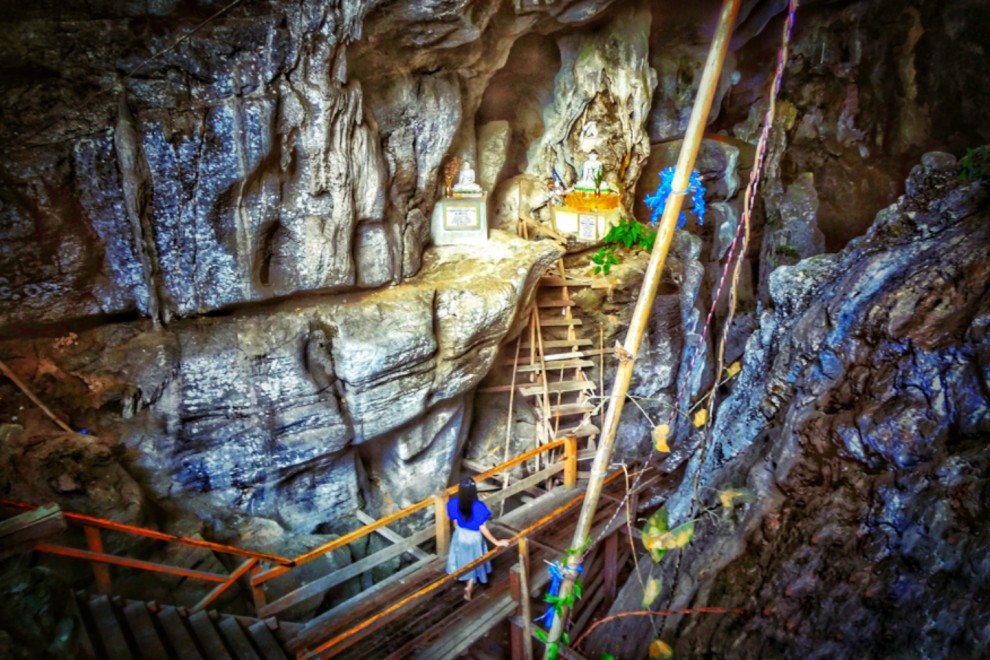
It is an interesting place where you can explore legends. It takes you about 45 minutes to get KYAT Cave from Loikaw townships, by car. The KYAT Cave is being interested because of its teak coffins. There are various assumptions about the history of the Cave but no one can tell the true history of it. Some believe that it is a long coffin that expresses the wealth of the ancient Kayah tribe. Moreover, they also say that the Kayah people used to bury their ornaments along with the dead person into the wooden coffin. On the other hand, some people say that they are not really coffins and actually, were used by Japanese soldiers as wooden canoes. Among wavering and uncertain sayings, one thing is sure that the answer is buried into those closed coffins or anything which is located at the opening of the cave. A ladder that is to ascend the Mount would lead you to the opening of the cave. Along the trip to Cave, the surroundings are beautiful with green floras. It is an amazing stalactite at the opening of the cave that would make you awesome. Lighting from outside of the cave and darkness inside is composed of a theme that you can feel since you are on the step of the ladder. But, you should have noticed that there might be snakes and scorpions in the cave, so, take care of yourself.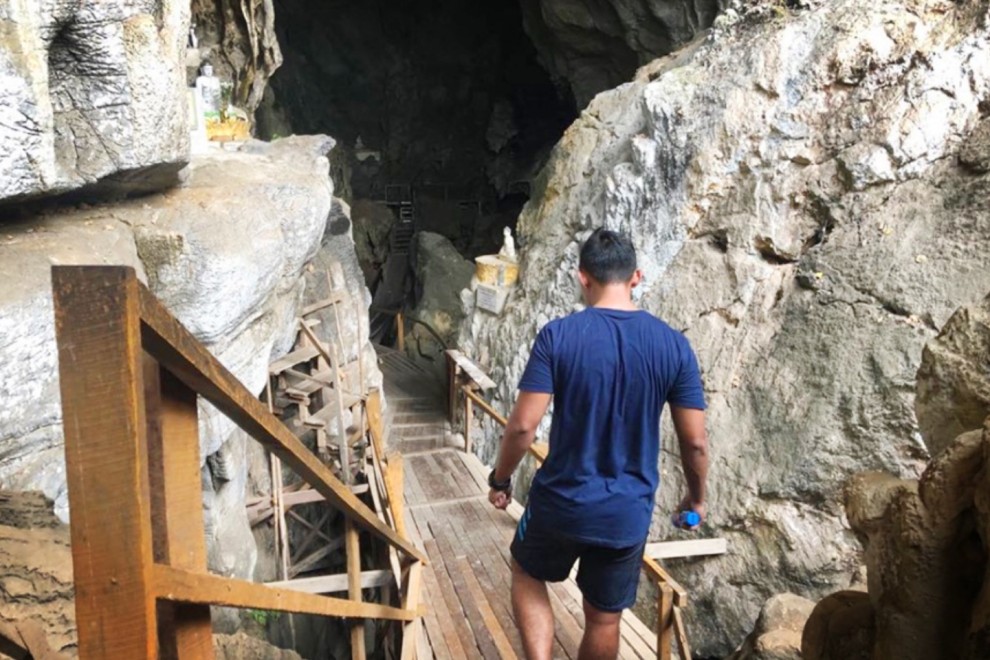
Law Pi Ta
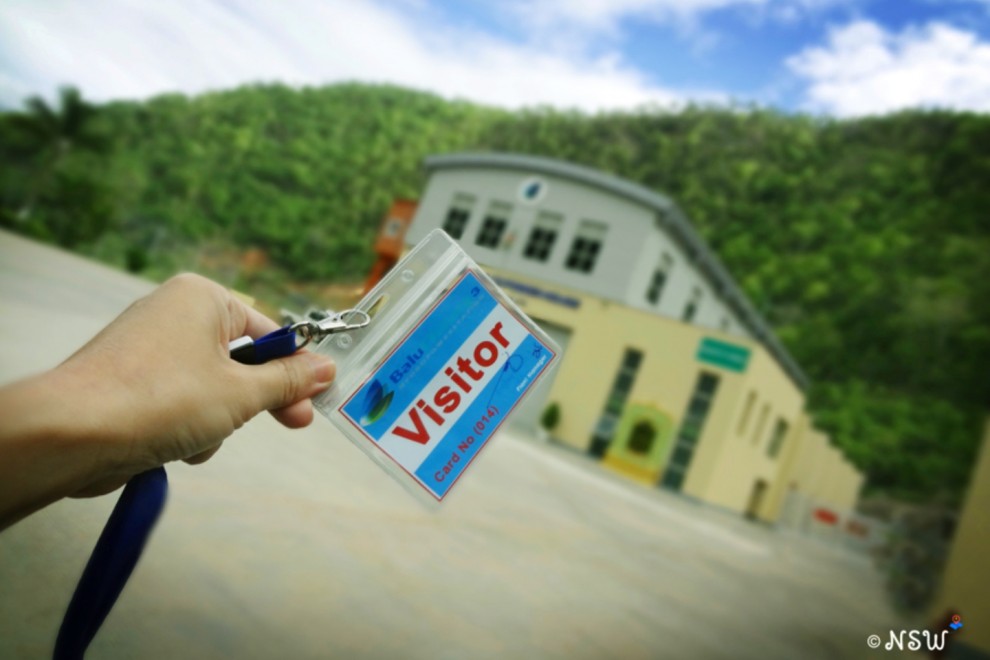 Currently, Law Pi Ta is not only the biggest hydro-electric plant in Myanmar but the surrounding of the factory is also full of natural beauty. The factory was built on the current of Be Luu creek and there are three hydro-electric factories. No.1 and 2 factories are owned by the Government and the last one is operated by Shwe Taung private company. The Law Pi Ta No.1 which was built in 1978 can operate independently and it can run without the supports of No. 2 and 3. If you observe the operation of Law Pi Ta No.1, you would find that the factory makes water storage in Moe Byae dam systematically, operating the factory without damaging to the sustainability of the natural atmosphere. If you want to visit there, you are to request permission from the military, in a street, which is located opposite side of Nun stupa, in Myoe Htel townships. You need a national identity card and a copy of it from the visitors.
Currently, Law Pi Ta is not only the biggest hydro-electric plant in Myanmar but the surrounding of the factory is also full of natural beauty. The factory was built on the current of Be Luu creek and there are three hydro-electric factories. No.1 and 2 factories are owned by the Government and the last one is operated by Shwe Taung private company. The Law Pi Ta No.1 which was built in 1978 can operate independently and it can run without the supports of No. 2 and 3. If you observe the operation of Law Pi Ta No.1, you would find that the factory makes water storage in Moe Byae dam systematically, operating the factory without damaging to the sustainability of the natural atmosphere. If you want to visit there, you are to request permission from the military, in a street, which is located opposite side of Nun stupa, in Myoe Htel townships. You need a national identity card and a copy of it from the visitors.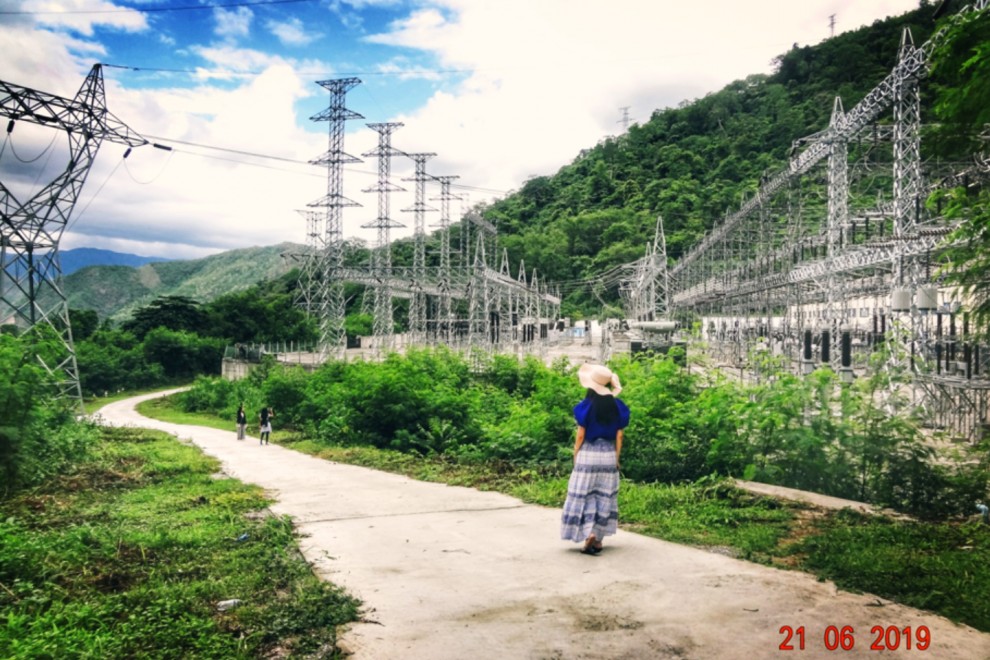 When you had permission, you are to take second permission by showing a previous permission document at entering the gate of Law Pi Ta region No.1. The documents are to show when you enter the No.2 region where you would visit. You can also find a Viewpoint en route to there. You had to descend from over 4000 feet above sea level, and you would arrive at No.3, by driving about 10 minutes. It is a mountainous road, and relatively narrow track, so you need to take care while driving. When you had reached there, please do not forget to take attractive pictures after you had studied the factory.
When you had permission, you are to take second permission by showing a previous permission document at entering the gate of Law Pi Ta region No.1. The documents are to show when you enter the No.2 region where you would visit. You can also find a Viewpoint en route to there. You had to descend from over 4000 feet above sea level, and you would arrive at No.3, by driving about 10 minutes. It is a mountainous road, and relatively narrow track, so you need to take care while driving. When you had reached there, please do not forget to take attractive pictures after you had studied the factory.
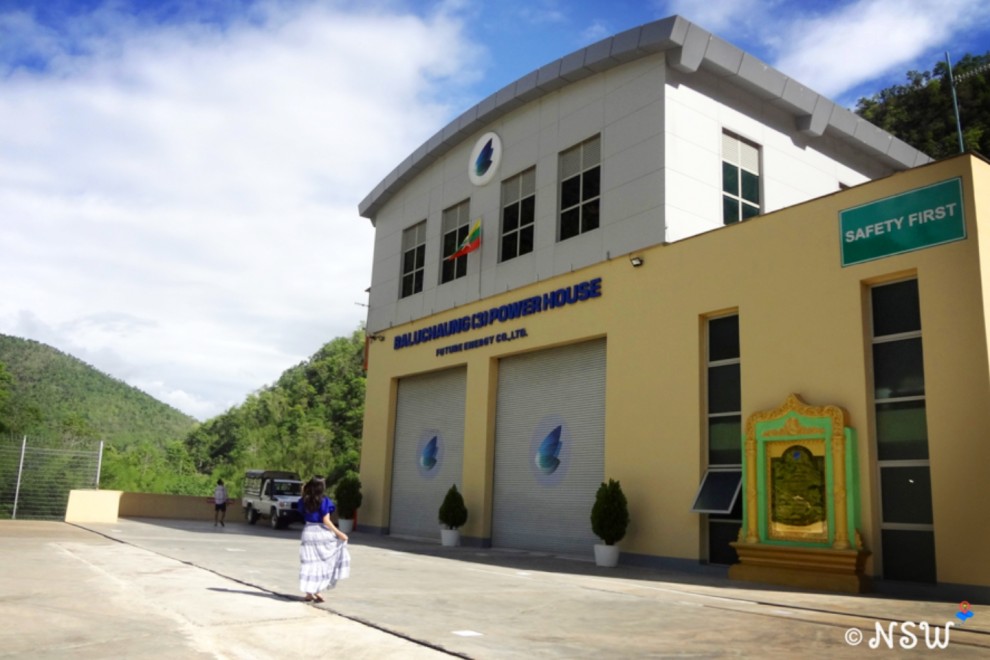
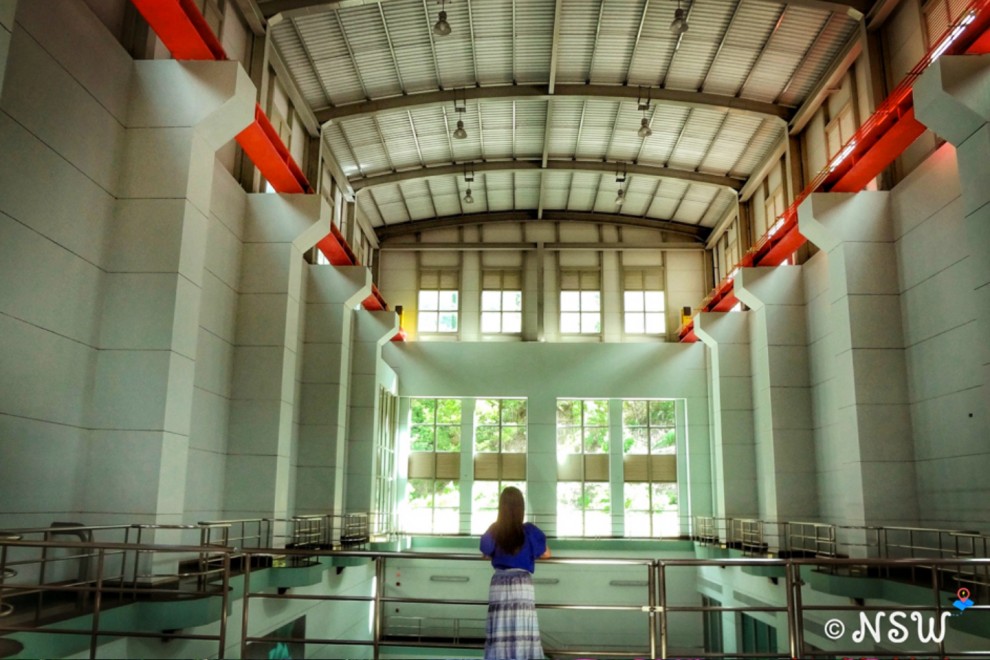
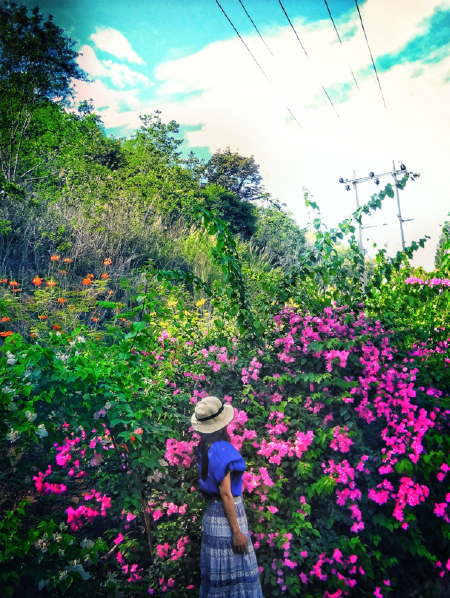
Taung Kwe Pagoda
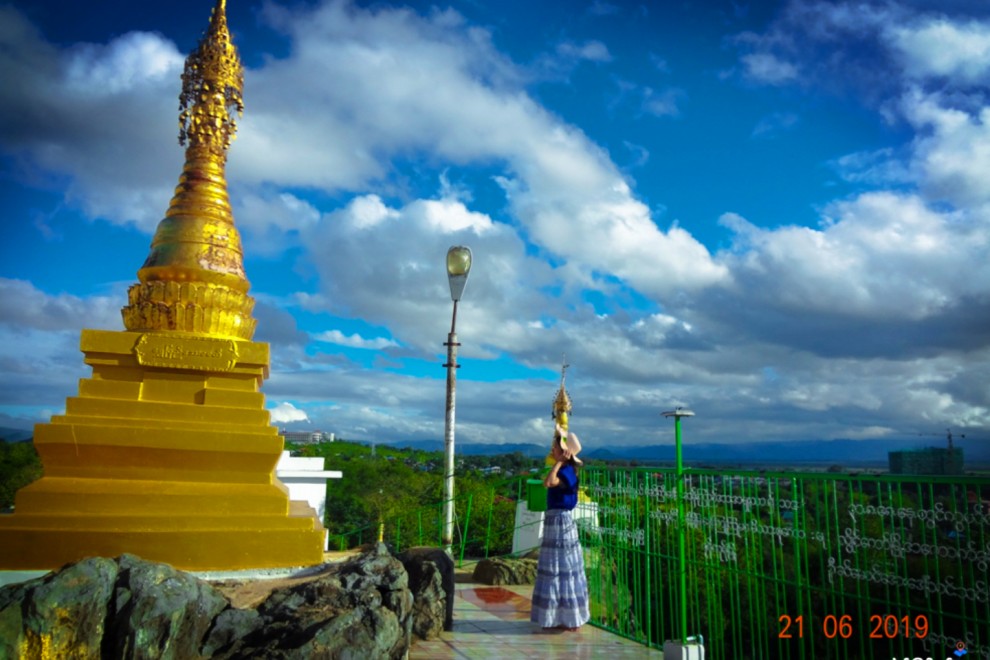
It is a symbol of Loikaw townships, Thiri Mingala (Taung Kwe Pagoda), and it called Phaw Myae in Kayah language. The mountain, which the stupa was built, composed of 9 fountains. At each of the fountains, 9 stupas were built respectively, namely, Pyae Lone Chan Thar, Shwe Yat Taung, Shwe Yin Aye, Kyaut Tha Van, Aung Taw Mu, Su Taung Pyae, Aunt Kyait Hti Yoe and Shwe Pyae Aye stupas. You can see the birds-eye view of the beautiful town from the precinct of the Taung Kwe Pagoda, which’s height, is 387 feet. The pagoda is located in the downtown area and so, you are comfortable to visit there. You can get a bicycle from the hotel to visit there and it would make you feel relax as you are going there within the cool breeze of early morning. 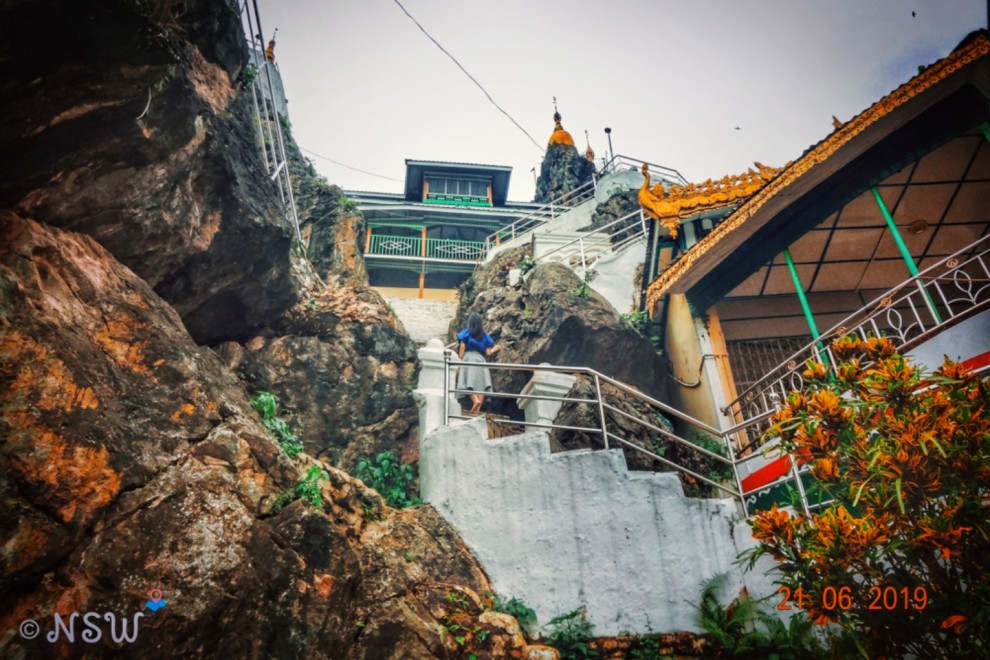
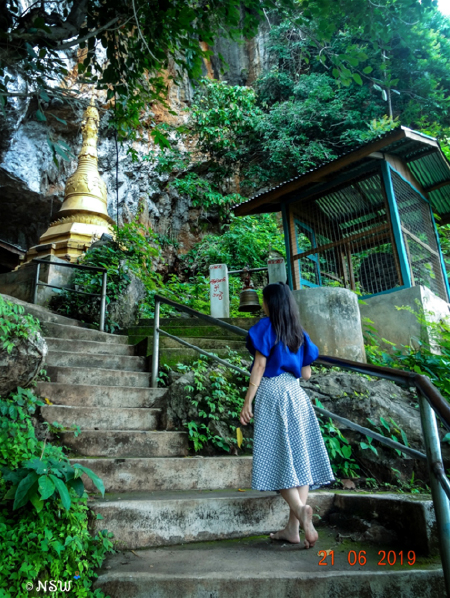
A Nice Place to visit
Dmore Soe, the township is located above 2982 sea level. “D” means umbilical cord, “More” means sky and “Soe” means mountain in Kayah language, so, it means the umbilical cord which links sky and mountain. The town was named Dmore Soe in 1962 and you should visit Dmore Soe Bazaar, Ngwe Taung Dam, Hti Pwunt Lake and seven steps Lake.
Township's Bazaar
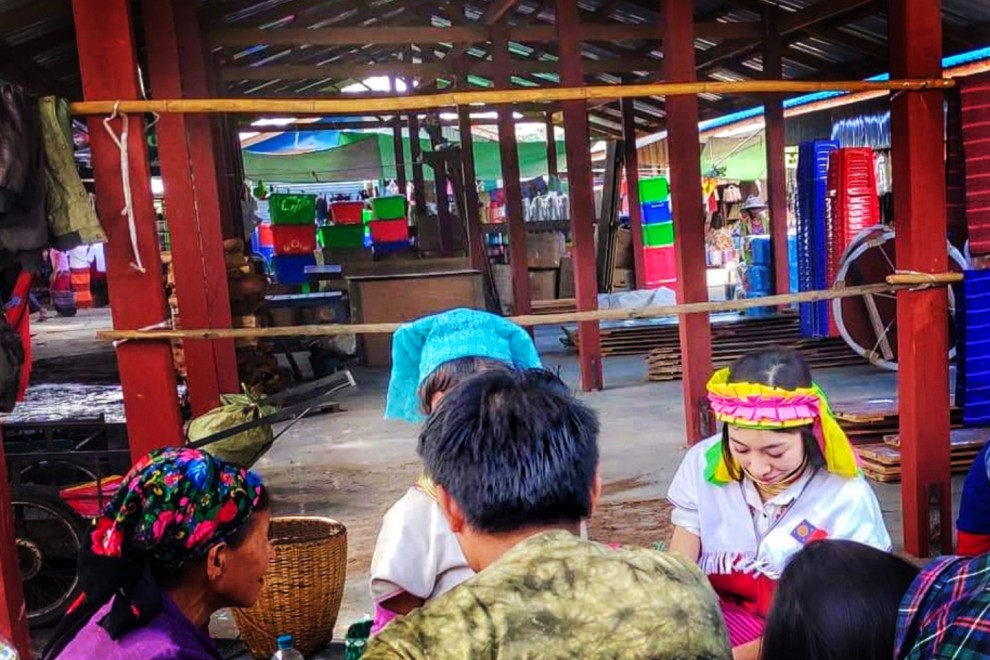
The Dmore Soe Bazaar was built since 1972 and it will celebrate its 50th anniversary soon. It is opened only three days, Monday, Wednesday and Sunday. You can buy local products there, such as traditional brew, “Kung Yae”, honey, kayah sausage and fresh meats and also various traditional hand-made products can be bought. Frankly, to say, it is a nice little marketplace. Moreover, many orchid plants can be obtained at a reasonable price. Hey Guys, don’t forget to try fresh “Kung Yae” there. 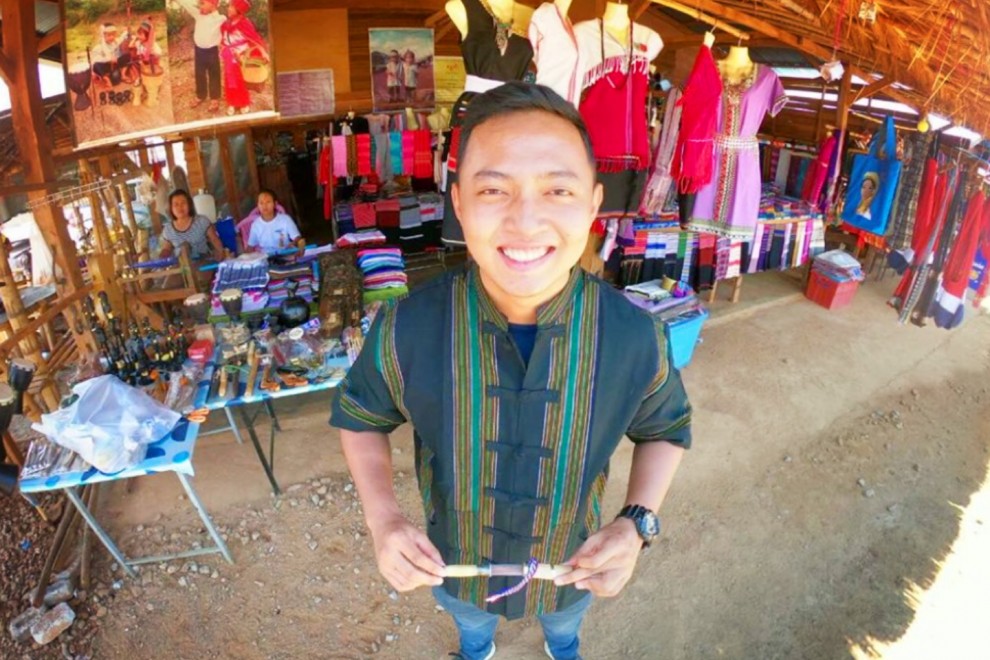
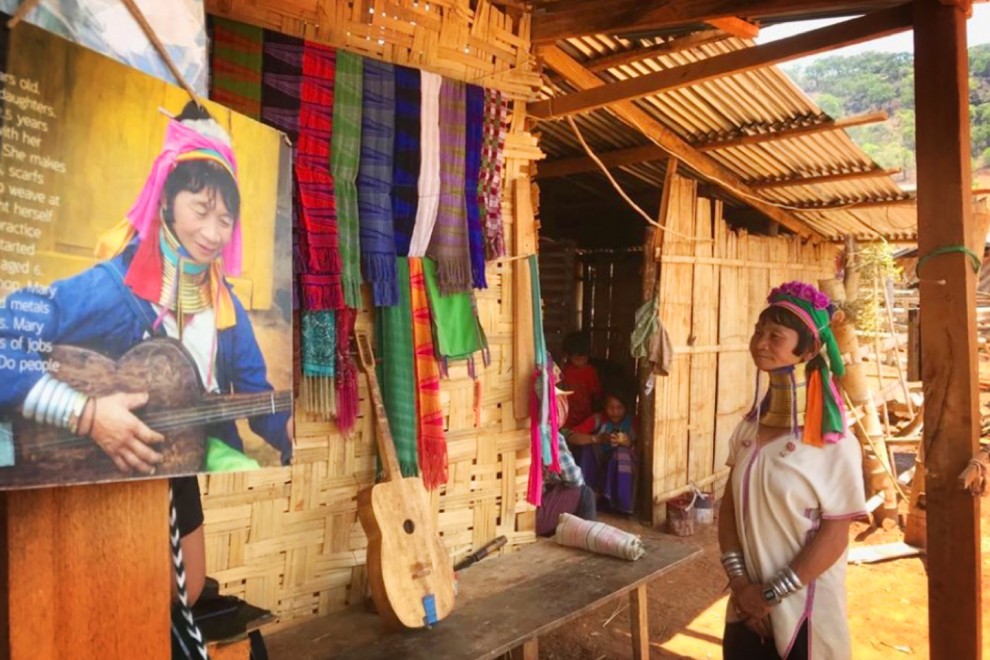
Pan Pet Village
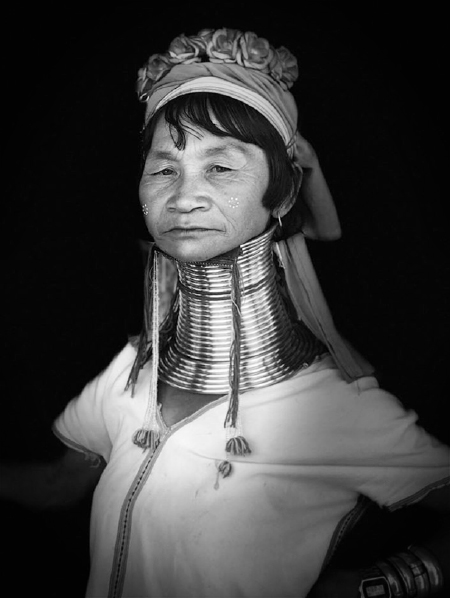
Kayan tribe believes that they are the lord of the mountain and the origin of their tribe's name is Kan Yan, which means a tribe who is habitant in one place permanently. Kan Yan had been changed over many years to Kayan. On the other hand, they are also called Padaung but they do not like it. The origin of Padaung is Pa daunt, which is a Shan term, which means the people who wear neck rings. They, themselves call their tribe proudly as “Kung Kaung Doe”, which means Lord of the mountain. The Kayan tribe has four sub-groups and in Pan Pet village, the people who live there, are Kanyan Lahwi sub-group. Kayan women used to wear brass coils, as a consequence, they get the appearance of the stretched neck. Some over 50-year-old Kayan ladies wear 26 brass coils and weigh over 20 viss. There is a legend about why they are wearing brass coil. It is said that a long time ago, a Shan authority gave those brass coils as a present to Kayan and Kayah people, so, they used it as ornaments and money. You can study lifestyle and traditional custom and loveably Kayah kids in the Kayan village. Moreover, you can make shopping at little vendors, which are opened at their homes, and can also take photographs with them. But it is sorry to say that most of the Kayan youths can’t be seen there as they are working in Thailand.
Ngwe Taung Dam
The Dam, which was built in 1962, is an earth dam and it is essential for the region. There are 7 mountains, namely; Shwe Taung, Ngwe Taung, Ruby Taung and so on. The dam is close to Ngwe Taung, so, they called it Ngwe Taung Dam. Shan people call it Loi Ngam, which also means Ngwe Taung. Those mountains, such as Shwe Taung, Ngwe Taung, and Ruby Taung cast shadows over the lake, as if, an interactive painting is displayed in secluded surroundings. Even a grazing cow is supporting the artistic appearance of the dam.
Hti Pwint Lake
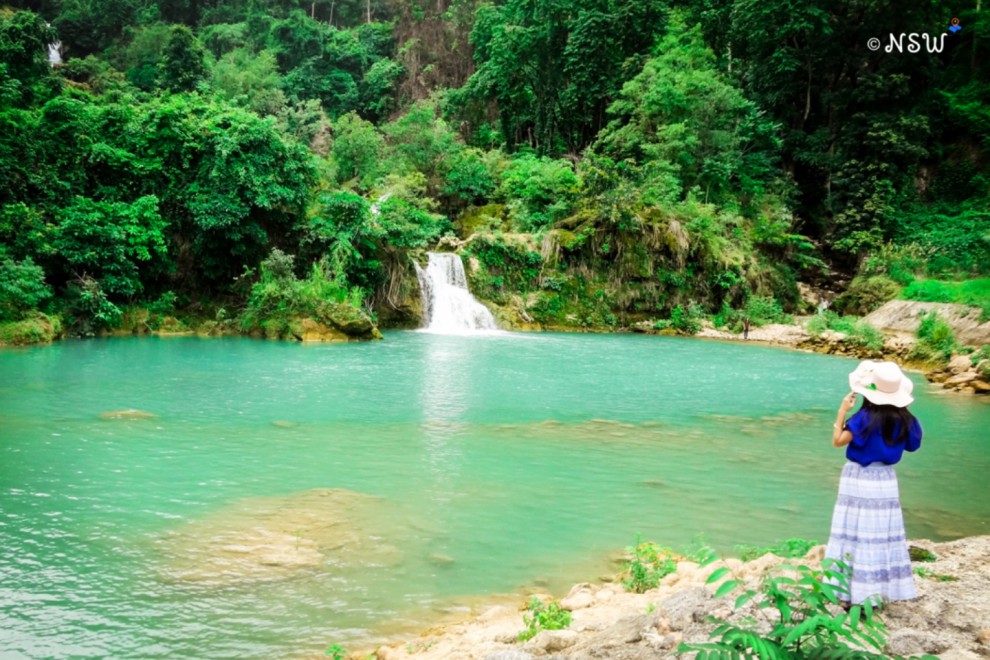 It is a place where you can see amazing sands which are formed an umbrella shape, 8 miles away from the Loikaw townships. It is an extinct volcano in terms of geology but Kayah people believe that was a lake namely “Boat Ta Lote”, where 7 mythical creatures, Kinnari, benevolent half-human, half-bird creatures landed. Some people believe that it was a place where Thu Da Nu prince and Dwe Mel Naw lived and they valued it as holy place. Generally, the sands are formed into umbrella shape in full Moon day. Even some believers built a few shrines there.
It is a place where you can see amazing sands which are formed an umbrella shape, 8 miles away from the Loikaw townships. It is an extinct volcano in terms of geology but Kayah people believe that was a lake namely “Boat Ta Lote”, where 7 mythical creatures, Kinnari, benevolent half-human, half-bird creatures landed. Some people believe that it was a place where Thu Da Nu prince and Dwe Mel Naw lived and they valued it as holy place. Generally, the sands are formed into umbrella shape in full Moon day. Even some believers built a few shrines there.
Seven Stages Lakes
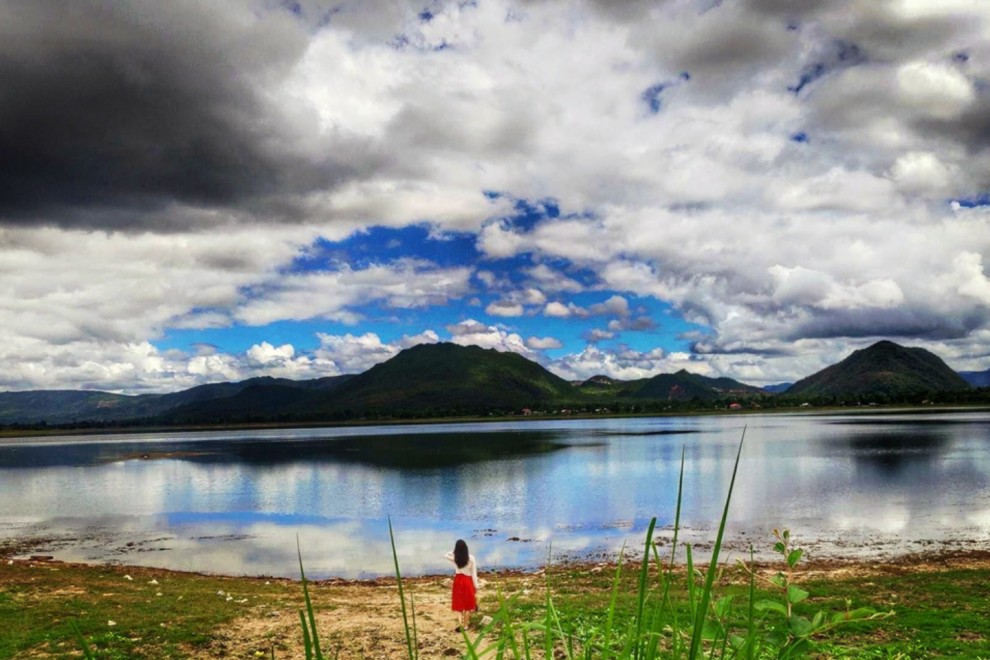 According to a famous fairy tale, it is a place where Dwe Mel Naw, one of seven angels and her lover Thu Da Nu prince were dwelling in happiness there. The lakes are so big that you can’t see all of them. You can see all of them on the map. The atmosphere of lakes is so secluded and peaceful that even the angels can’t resist the temptation of those beautiful lakes. It is a paradise that you can explore in the world. The names of the lakes are Htae Phoe Kha Yar, Phara Mo So Lae, A Nay Kuu, Khayaw May, Boe Myar Htae Awe, Htae Doo Kuu and J Yae Htae Awe respectively. Here again, you can curious a legend that says; a Kayah prince saved his fellow people from the scarcity of water resources. The prince pretended that he was fishing, then, a magnificent amount of water flow out of the thin air and it becomes a lake, according to the legend. No matter how the legends are so unrealistic, no one can deny the natural beauty of the lake.
According to a famous fairy tale, it is a place where Dwe Mel Naw, one of seven angels and her lover Thu Da Nu prince were dwelling in happiness there. The lakes are so big that you can’t see all of them. You can see all of them on the map. The atmosphere of lakes is so secluded and peaceful that even the angels can’t resist the temptation of those beautiful lakes. It is a paradise that you can explore in the world. The names of the lakes are Htae Phoe Kha Yar, Phara Mo So Lae, A Nay Kuu, Khayaw May, Boe Myar Htae Awe, Htae Doo Kuu and J Yae Htae Awe respectively. Here again, you can curious a legend that says; a Kayah prince saved his fellow people from the scarcity of water resources. The prince pretended that he was fishing, then, a magnificent amount of water flow out of the thin air and it becomes a lake, according to the legend. No matter how the legends are so unrealistic, no one can deny the natural beauty of the lake.
Haw Palace
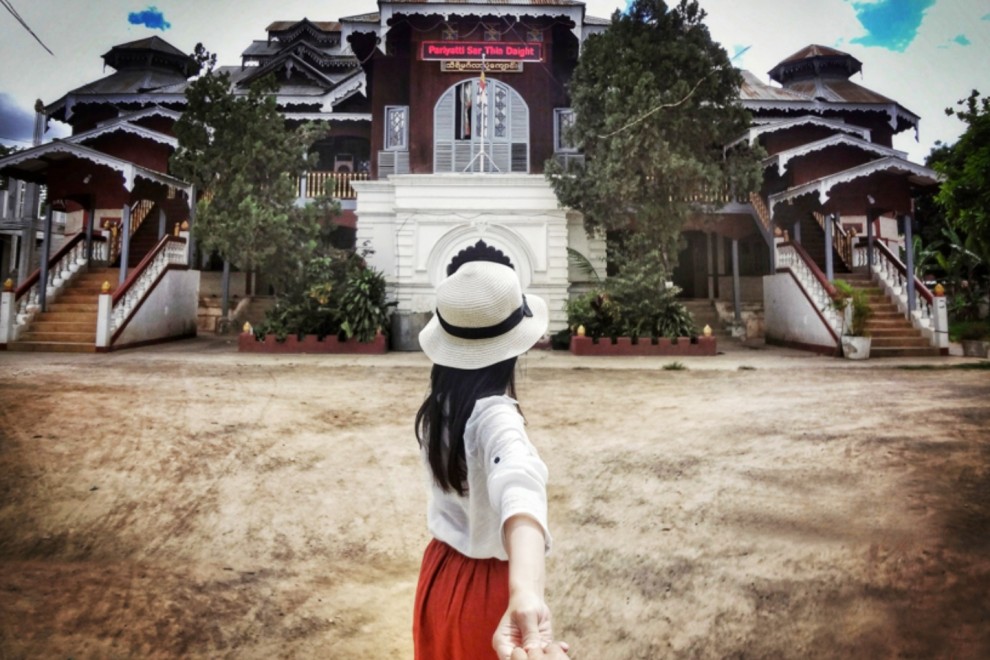 There is a Haw Palace, namely Kantarawadi Haw in the Mingala quarter, Loikaw townships, Kayah State. During the Second World War, many Haw Palaces in Kayah State were ruined and fortunately, the Kantarawadi Haw survived against the demolishing power of the war, as an ancient cultural heritage for the Kayah tribe. The Kantarawadi Haw was built in the Saw Lone region but the residences were continuously reduced because of poor transportation. Therefore, Kantarawadi Saw Phar Sao Khun Li moved the Haw to Loikaw townships, in 1912. They celebrated the opening ceremony for the Haw in 1919. The Sao Khun Li passed away in 1930. His heir was Saw Phar Sao La wi and the latter Sao also passed away in 1978. After that, the building was owned by his son Sao La Phar and daughter Sao Ke Mar wadi. In 1994 they donated the Haw building as a monastery. So, you can see it as a monastery today.
There is a Haw Palace, namely Kantarawadi Haw in the Mingala quarter, Loikaw townships, Kayah State. During the Second World War, many Haw Palaces in Kayah State were ruined and fortunately, the Kantarawadi Haw survived against the demolishing power of the war, as an ancient cultural heritage for the Kayah tribe. The Kantarawadi Haw was built in the Saw Lone region but the residences were continuously reduced because of poor transportation. Therefore, Kantarawadi Saw Phar Sao Khun Li moved the Haw to Loikaw townships, in 1912. They celebrated the opening ceremony for the Haw in 1919. The Sao Khun Li passed away in 1930. His heir was Saw Phar Sao La wi and the latter Sao also passed away in 1978. After that, the building was owned by his son Sao La Phar and daughter Sao Ke Mar wadi. In 1994 they donated the Haw building as a monastery. So, you can see it as a monastery today.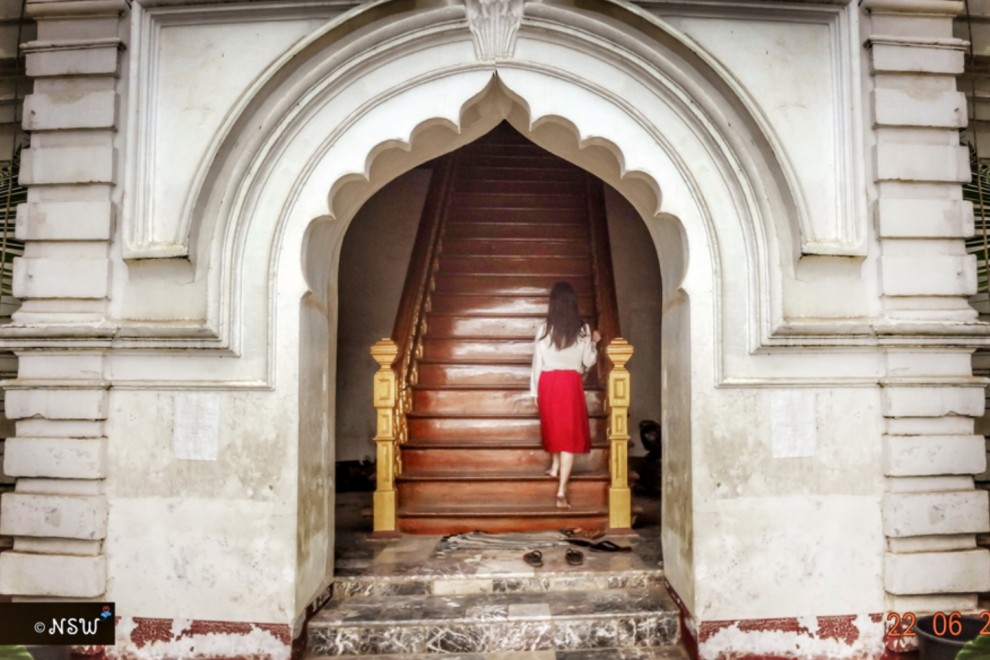
The above places are, where I had visited in two days respectively. If you can arrange more vacation days, you can also visit Lweal Pha Lan Mountain (White Elephant mountain) there.
Lweal Pha Lan Mountain (White Elephant mountain)
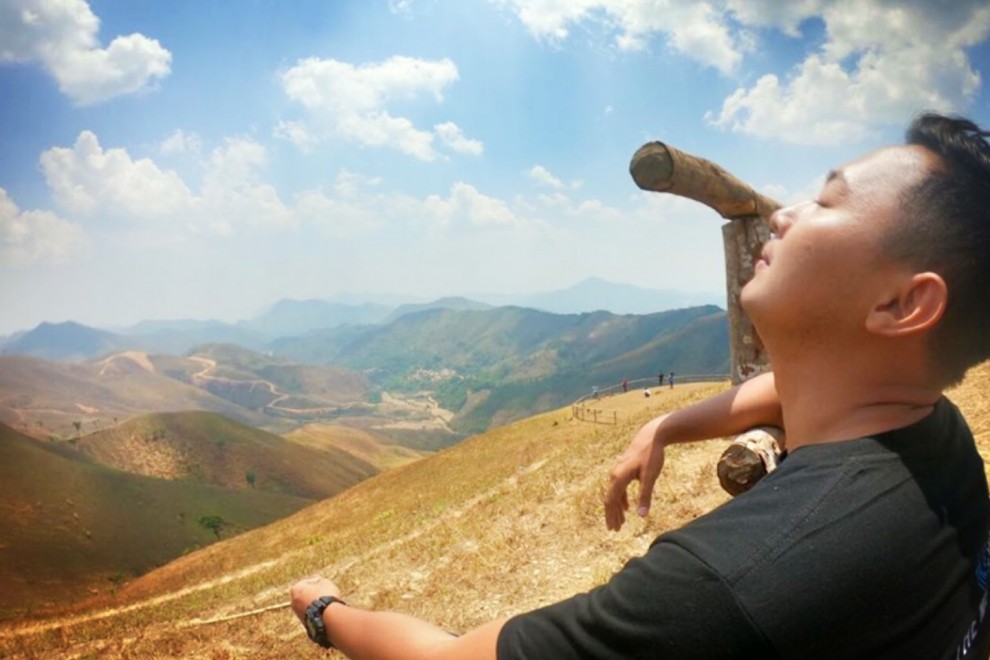
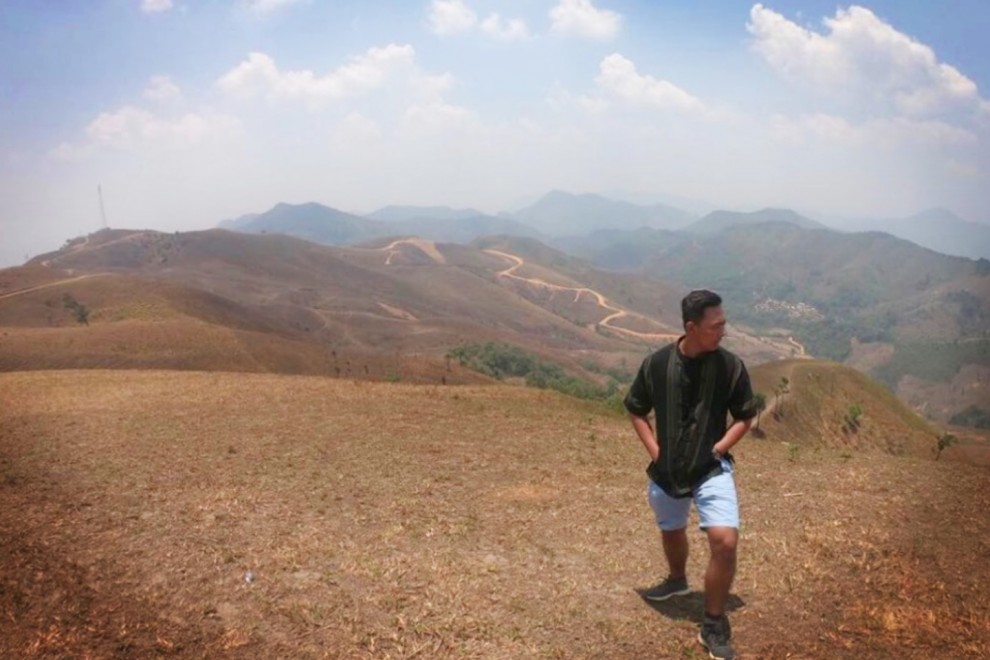 It is a famous mountain in Kayah State. The mountain is situated near Kaw Bar village, Flu So townships. Once, a white elephant died there and the mountain was called White Elephant Mountain, as named after the dead elephant. The color of the mountain was changing all the time in accord with the sunlight and it makes you feel various artistic inspirations. I had been there at noon and I thought that the boulders would be hot at that time but I was wrong. Although there are no shades, the wind which comes through the mountains brings cool and breezing air and the atmosphere is very fine. I was really surprised as I realized that such kind of place exists in Myanmar. But you should have noticed that you much take care while taking photos at the edge of the cliff. And please make sure that you bring Sun cream along with you.
It is a famous mountain in Kayah State. The mountain is situated near Kaw Bar village, Flu So townships. Once, a white elephant died there and the mountain was called White Elephant Mountain, as named after the dead elephant. The color of the mountain was changing all the time in accord with the sunlight and it makes you feel various artistic inspirations. I had been there at noon and I thought that the boulders would be hot at that time but I was wrong. Although there are no shades, the wind which comes through the mountains brings cool and breezing air and the atmosphere is very fine. I was really surprised as I realized that such kind of place exists in Myanmar. But you should have noticed that you much take care while taking photos at the edge of the cliff. And please make sure that you bring Sun cream along with you. But, the blazing sun makes the big stones so hot that it is inconvenient for you to visit there in the day time. So, the early morning and evening are ok to visit there. Moreover, along the way from Loikaw, there are many farms, such as orange, green tea farms are also beautiful. During the trip, some thoughts occurred to me that all the seven deities, Thu Da Nu prince and Kinnari Dwe Mel Naw might have been here as if they visited the Seven Stages Lake. You can take time and explore nature as they had arranged some huts to stay overnight. The price for the huts is also reasonable and cost you about 80,000 kyat or 100,000 kyat. But, the territory is ruled by tribe arm forces, thus, you are to be obliged to their rule and regulations. Additionally, you can also explore the Hti Pa Nuu Cave, which is one of the longest caves in Myanmar. But the track to there is very hard and difficult and it takes you half days to get there.
But, the blazing sun makes the big stones so hot that it is inconvenient for you to visit there in the day time. So, the early morning and evening are ok to visit there. Moreover, along the way from Loikaw, there are many farms, such as orange, green tea farms are also beautiful. During the trip, some thoughts occurred to me that all the seven deities, Thu Da Nu prince and Kinnari Dwe Mel Naw might have been here as if they visited the Seven Stages Lake. You can take time and explore nature as they had arranged some huts to stay overnight. The price for the huts is also reasonable and cost you about 80,000 kyat or 100,000 kyat. But, the territory is ruled by tribe arm forces, thus, you are to be obliged to their rule and regulations. Additionally, you can also explore the Hti Pa Nuu Cave, which is one of the longest caves in Myanmar. But the track to there is very hard and difficult and it takes you half days to get there.
How to get there?
If you go there by car, there are several bus gates, namely Thein Than Ku Htae, New Generation, Shwe Kayah, Than Myan Thu, Swan. It takes you about 13 hours to get there. If you go from Mandalay, it would take you about 10 hours and you can take the buses from Thein Than Ku Htae, Than Myan Thu and Shwe Ya Zar gates.
Buses fare would be from 10000 kyat to 20000 kyat. If you prefer the flight, they are only departed on the fixed schedules and the ticket price is about 70 US $. If you would like to go sightseeing in Liokaw Township, there are Air-conditioned cars, which are arranged by the hotels but they are not owned by the hotels. The hotels just link it. If you use those cars all day, it would cost you about 80000 kyat.
Where will you stay?
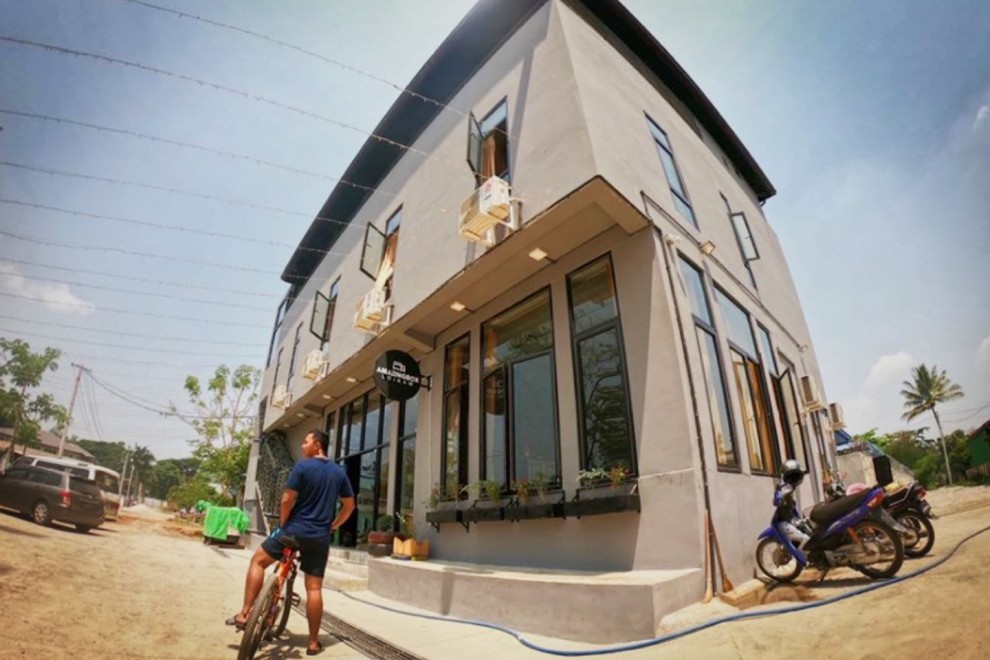 If you would like to go there as an economical tour, there is the Amazing Box Hostel. If you want cheap but good service one, there is Myat Nan Daw hostel. You can have various breakfast there and it is located in the heart of town, moreover, you can visit the Taung Kwal Stupa within 5 minutes, by walking. Frankly, to say, it is cost-effective. Other hotels that serve at reasonable prices are Loikaw princess, Nature Land Hotel, Three Seasons Hotel, Famous Hotel, Hotel Loikaw, Gold Hotel, and Green Leaf. The room fee is about 40000 kyat. If you want to stay at a luxurious hotel, there are Keinnara Loikaw, Kayah Resort, Demoso Lodge, Loikaw Lodge by the Lake; it would cost you approximately 100$.
If you would like to go there as an economical tour, there is the Amazing Box Hostel. If you want cheap but good service one, there is Myat Nan Daw hostel. You can have various breakfast there and it is located in the heart of town, moreover, you can visit the Taung Kwal Stupa within 5 minutes, by walking. Frankly, to say, it is cost-effective. Other hotels that serve at reasonable prices are Loikaw princess, Nature Land Hotel, Three Seasons Hotel, Famous Hotel, Hotel Loikaw, Gold Hotel, and Green Leaf. The room fee is about 40000 kyat. If you want to stay at a luxurious hotel, there are Keinnara Loikaw, Kayah Resort, Demoso Lodge, Loikaw Lodge by the Lake; it would cost you approximately 100$.
[Related Travel Blog]: https://mingalago.com/en/interest/detail/amazing-box
Where to have your meals?
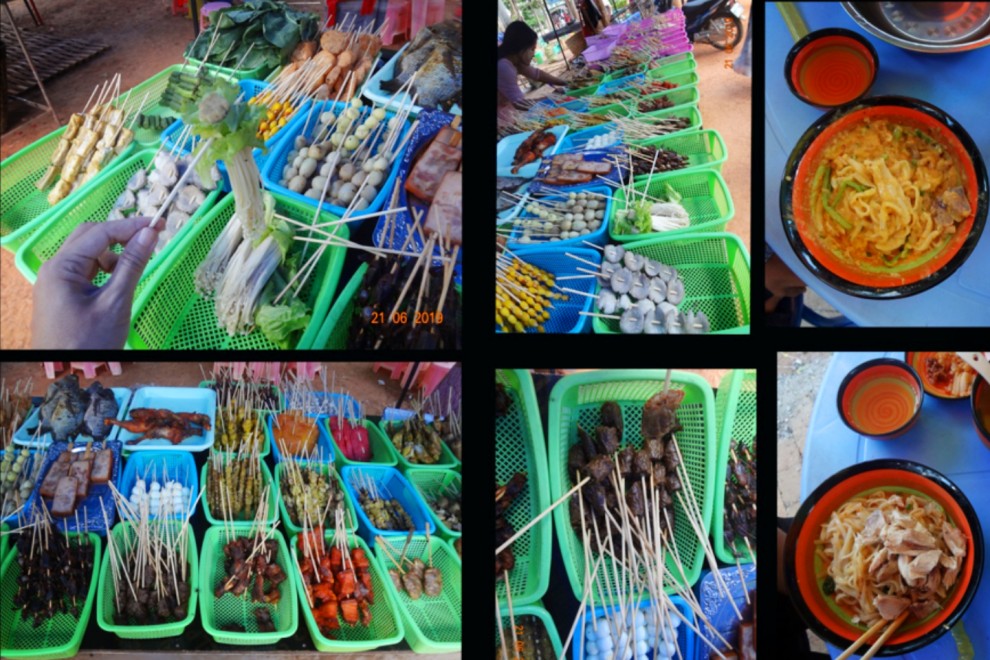 You can have Myanmar cuisines at Shwe Let Yar shop, you can eat as much as you could but it cost only 4000 kyat. If you want to have western cuisines, there are Loikaw city. Moreover, you can dine out, walking along on the bank of Naung Yar Lake. There are several vendors, you can have grilled meats. There is a good shop which served good grilled food, in front of the Myat Nan Daw hotel. Other popular shops serve several delicious foods. Among them, the stall at Myoe Nan pagoda is selling various foods. At Dmore Soe you can have lunch at Marco Polo. At the Marco Polo, the decoration of the shop is so amazing and you can also take pretty photographs, in which the Mountains would have magnificently participated.
You can have Myanmar cuisines at Shwe Let Yar shop, you can eat as much as you could but it cost only 4000 kyat. If you want to have western cuisines, there are Loikaw city. Moreover, you can dine out, walking along on the bank of Naung Yar Lake. There are several vendors, you can have grilled meats. There is a good shop which served good grilled food, in front of the Myat Nan Daw hotel. Other popular shops serve several delicious foods. Among them, the stall at Myoe Nan pagoda is selling various foods. At Dmore Soe you can have lunch at Marco Polo. At the Marco Polo, the decoration of the shop is so amazing and you can also take pretty photographs, in which the Mountains would have magnificently participated. 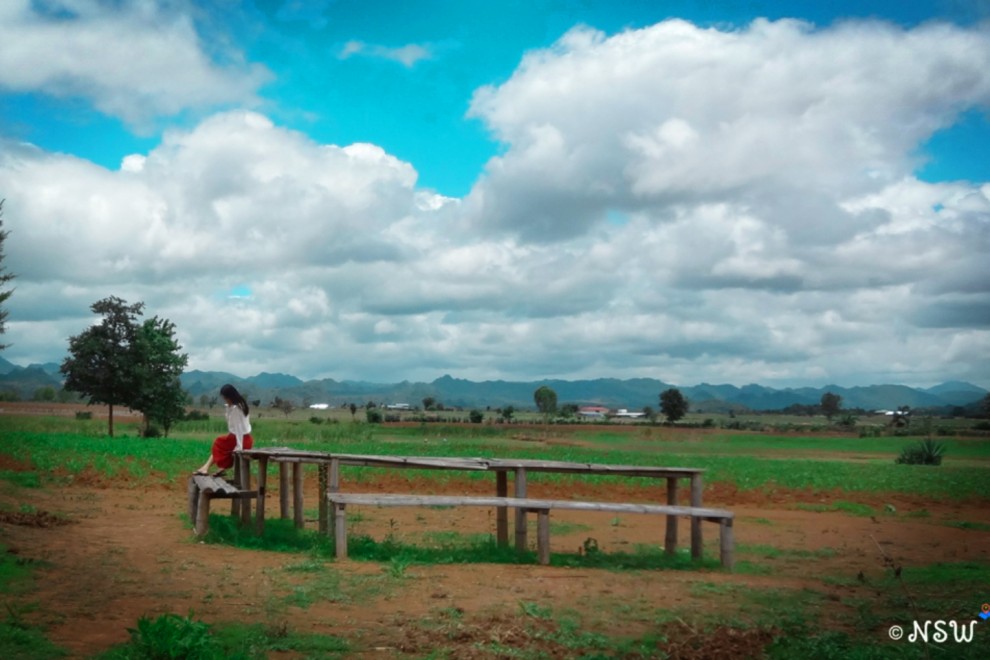 So far, as a two days trip, It may be more than enough. If you want to visit furthermore, you can also visit Lwel Pha Lan Mountain and Htel Kho village, in the next days. One thing that should be reminded is that you should take an umbrella if you go there in the rainy season. Moreover, like Kayah State, security affair is a priority to other things. So, you should consider this aspect whatever you do and where you go in the region. I would also like to request that you should release waste things systematically. If so, you can contribute to sustaining the natural environment of the region. By reading this article, may you arrange the trip to Kayah State and can visit there happily. Thanks a lot for reading so far.
So far, as a two days trip, It may be more than enough. If you want to visit furthermore, you can also visit Lwel Pha Lan Mountain and Htel Kho village, in the next days. One thing that should be reminded is that you should take an umbrella if you go there in the rainy season. Moreover, like Kayah State, security affair is a priority to other things. So, you should consider this aspect whatever you do and where you go in the region. I would also like to request that you should release waste things systematically. If so, you can contribute to sustaining the natural environment of the region. By reading this article, may you arrange the trip to Kayah State and can visit there happily. Thanks a lot for reading so far.
 English
English 日本語
日本語 မြန်မာ
မြန်မာ 汉语
汉语 國語
國語 ภาษาไทย
ภาษาไทย
